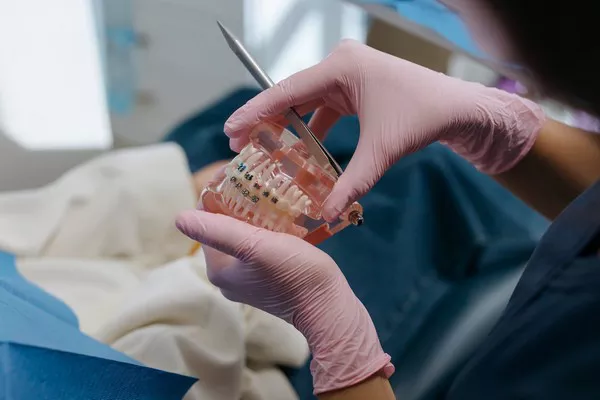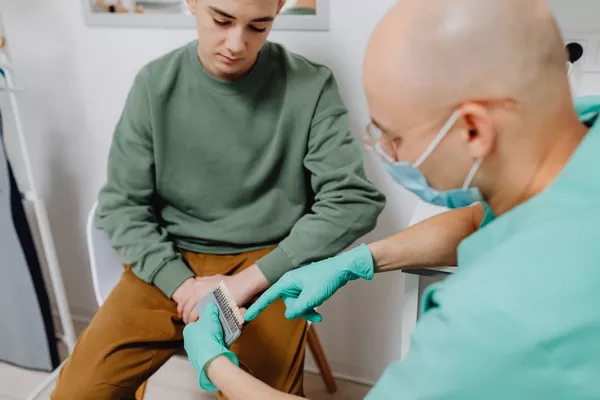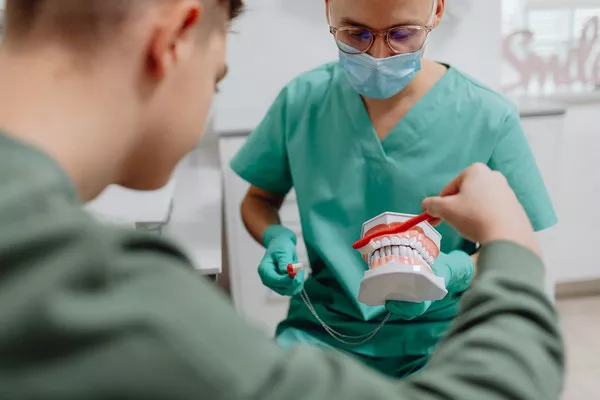Getting a dental filling is a common procedure to restore and protect teeth affected by decay or damage. While the primary goal is to alleviate pain and enhance oral health, some individuals may experience discomfort after the filling. In this comprehensive guide, we will explore the factors that contribute to post-filling discomfort and address the common question: How long should your teeth hurt after a filling? By understanding the healing process and implementing proper care, you can navigate this phase with confidence and ensure a smooth recovery.
Factors Influencing Post-Filling Discomfort
1. Type and Size of the Filling
The location, size, and type of filling used can affect the level of post-treatment discomfort. Larger fillings or those involving deeper cavities may cause more sensitivity or soreness.
2. Nerve Sensitivity and Tooth Condition
Individual variations in tooth sensitivity and the overall condition of the tooth prior to the filling can influence the level of discomfort experienced after the procedure.
3. Dental Technique and Material Used
The skill of the dentist and the type of filling material used can also contribute to post-filling discomfort. Proper placement techniques and high-quality materials help minimize the potential for pain or sensitivity.
Managing Post-Filling Discomfort
1. Immediate Post-Treatment Sensitivity
It is common to experience sensitivity to temperature changes, pressure, or biting immediately after a filling. This sensitivity typically subsides within a few days as the tooth adjusts to the new restoration.
2. Short-Term Discomfort
Mild to moderate discomfort, such as sensitivity to hot or cold foods, pressure, or biting, may persist for a few days to a week after the filling. Over-the-counter pain relievers and desensitizing toothpaste can help alleviate these symptoms.
3. Extended Discomfort and When to Seek Help
If discomfort persists or worsens beyond a week, it is essential to consult your dentist. Prolonged sensitivity, severe pain, or signs of infection, such as swelling or pus, may indicate an underlying issue that requires further evaluation and treatment.
Tips for a Smooth Recovery
1. Maintain Good Oral Hygiene
Continue practicing proper oral hygiene habits, including brushing twice a day, flossing daily, and using a fluoride mouthwash. This helps prevent complications and promotes healing.
2. Avoid Extreme Temperatures and Sticky Foods
Temporarily avoid extremely hot or cold foods and beverages, as well as sticky or hard-to-chew foods, to minimize sensitivity and protect the filling.
3. Follow Dentist’s Instructions
Adhere to any specific instructions provided by your dentist, such as avoiding certain activities or using prescribed medications or desensitizing agents.
Conclusion
Experiencing some level of discomfort after a dental filling is normal and varies from person to person. Generally, any post-filling sensitivity or mild discomfort should subside within a few days to a week. If discomfort persists or worsens, it is crucial to consult your dentist for further evaluation. By understanding the factors contributing to post-filling discomfort and following proper care instructions, you can promote a smooth recovery and enjoy the long-lasting benefits of a restored, pain-free smile.
































